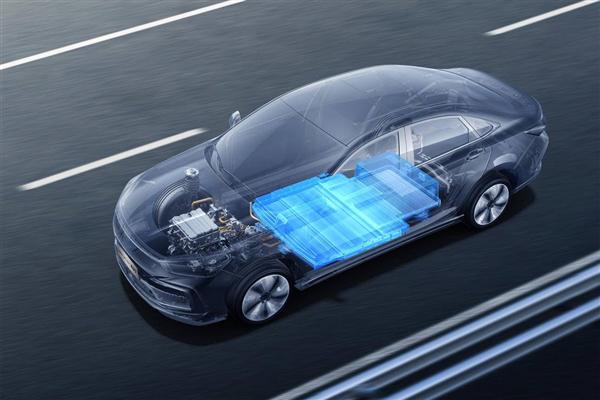Saic executive claims homogeneity is the biggest challenge for new energy vehicles: Without Branding, Everyone is the Same
On July 17, news reported that the biggest dilemma for electric vehicles is homogenization, especially in terms of exterior design. Do you agree with this view?
At the MG4 media launch, SAIC executive Shao Jingfeng stated in an interview: "In the era of new energy, the biggest dilemma is homogenization (with a common adoption of similar closed front faces, through-type light strips, and minimalist interiors, lacking brand identity. Without the logo, everyone looks the same.)"
"MG needs its own things, even if there is a little controversy, it is still its own. Design is very difficult, very, but also very enjoyable," said the executive.
Shao Jingfeng also proposed the need to inject uniqueness through Chinese aesthetics (such as Chinese romance) to avoid designs becoming a "globalization template."
Many netizens have previously expressed that whether it’s a million-dollar luxury car or a 100,000-yuan commuter vehicle, a tail light has almost become a standard feature. From the large front grille to the "Tesla-style" large screen in the interior, and to the "family design language" of the body lines, automotive design seems to have fallen into a silent competition of "copy and paste."
This phenomenon not only causes consumers to suffer from "face blindness," but it also prompts the industry to reflect: when "conformity" becomes the mainstream, where should the soul of automotive design be placed?
Some industry practitioners have stated that the homogenization crisis in automotive design is essentially due to car manufacturers' excessive pursuit of "certainty." When car companies become obsessed with market research, cost control, and rapid iteration, the "spirit of adventure" in design gradually disappears.

【Copyright and Disclaimer】The above information is collected and organized by PlastMatch. The copyright belongs to the original author. This article is reprinted for the purpose of providing more information, and it does not imply that PlastMatch endorses the views expressed in the article or guarantees its accuracy. If there are any errors in the source attribution or if your legitimate rights have been infringed, please contact us, and we will promptly correct or remove the content. If other media, websites, or individuals use the aforementioned content, they must clearly indicate the original source and origin of the work and assume legal responsibility on their own.
Most Popular
-

At Least 44 Dead in Century-Old Fire! Questioning Hong Kong's Hong Fu Garden: Why Has the Path to Fire Resistance Taken 15 Years Without Progress?
-

Satellite chemical's profits surge! can the 26.6 billion yuan high-end new materials project meet expectations? a review of progress on four major projects
-

Key Players: The 10 Most Critical Publicly Listed Companies in Solid-State Battery Raw Materials
-

Estun Turns Profitable in 2025 Half-Year Report, Industrial Robot Shipments Rank First Among Domestic Brands
-

Avatr Files for IPO on HKEX, Plans to Complete Listing in Q2 2026






